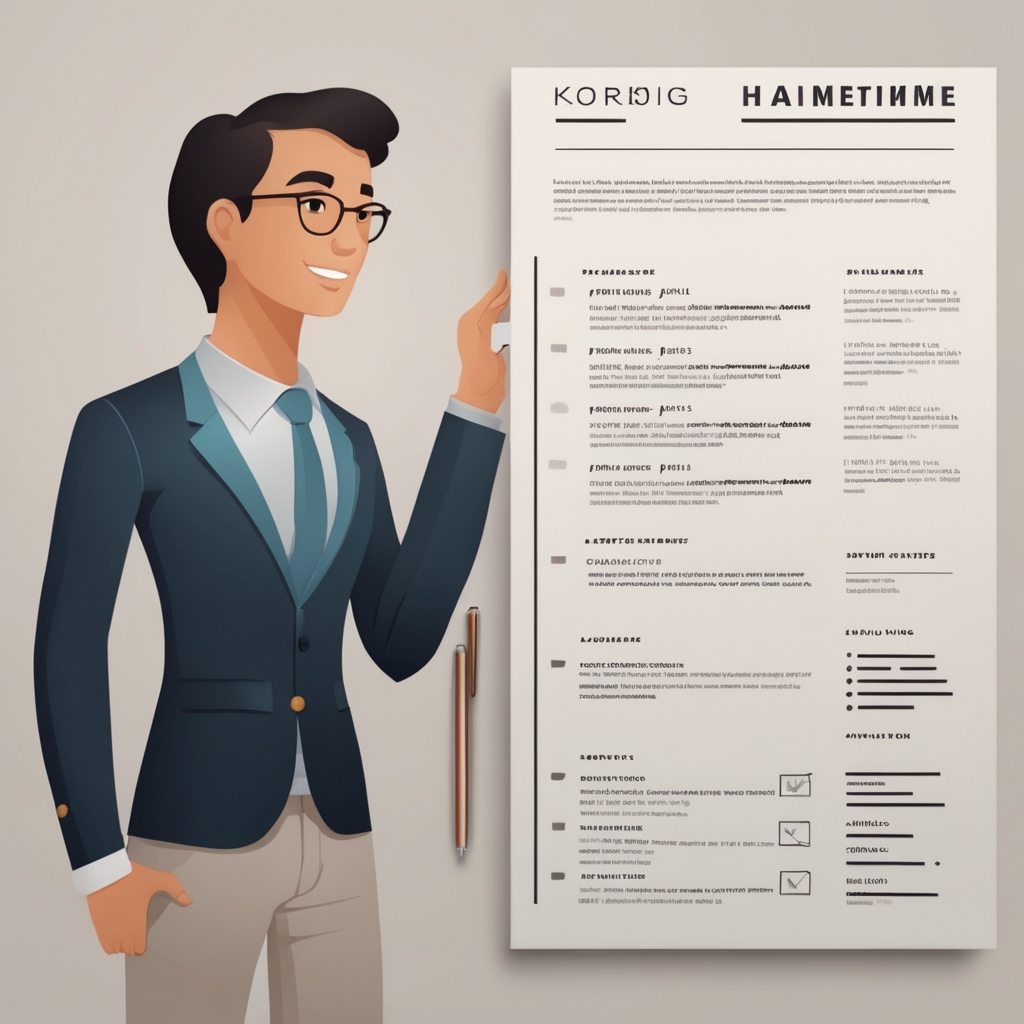You’re scrolling through job listings and finally find one that sounds like the perfect fit. The responsibilities align with your skills, the company seems like a great place to work, and the salary range is exactly what you’re looking for.
But then, you scan the qualifications section, and your heart sinks.
They want five years of experience, and you only have three. They prefer someone with a specific certification you don’t have. Maybe they ask for expertise in a tool or system you’ve never used before.
Sound familiar? If so, you’re not alone.
Many job seekers hesitate to apply for roles because they don’t check every single box in the job description. In fact, a study by LinkedIn found that men apply for jobs when they meet about 60 percent of the qualifications, while women tend to wait until they meet nearly 100 percent. This hesitation means that plenty of highly qualified people are missing out on opportunities simply because they underestimate their own potential.
Here’s the good news. You don’t need to meet 100 percent of the job requirements to get hired. Employers often list their ideal candidate in job descriptions, but that doesn’t mean they won’t hire someone who falls a little short.
If you’ve ever held yourself back because you didn’t tick every single box, it’s time to change your mindset. This guide will show you how to confidently apply for jobs even when you don’t meet all the listed qualifications and still stand out as a strong candidate.
Not Every Job Requirement is Set in Stone
One of the biggest mistakes job seekers make is assuming that every qualification in a job posting is a strict requirement. In reality, many job descriptions are more of a wishlist than a set of rigid rules.
Hiring managers know that the “perfect candidate” rarely exists. They’re often willing to compromise on certain skills if a candidate has the right attitude, potential, and transferable experience.
Here’s how to break down a job description and figure out what’s truly essential.
- Look for “required” vs. “preferred” qualifications
- If a skill or qualification is listed as “preferred” rather than “required,” it’s not a dealbreaker if you don’t have it. Hiring managers would love to see it, but they won’t necessarily reject a candidate without it.
- If a skill or qualification is listed as “preferred” rather than “required,” it’s not a dealbreaker if you don’t have it. Hiring managers would love to see it, but they won’t necessarily reject a candidate without it.
- Understand what can be learned on the job
- Many skills, especially software proficiency or industry-specific tools, can be learned quickly with the right training. If a job requires knowledge of a tool you haven’t used but you have experience with similar ones, that’s often enough to get your foot in the door.
- Many skills, especially software proficiency or industry-specific tools, can be learned quickly with the right training. If a job requires knowledge of a tool you haven’t used but you have experience with similar ones, that’s often enough to get your foot in the door.
- Consider what really matters for success in the role
- Some qualifications are non-negotiable. For example, if a job requires a medical license or an engineering certification, you won’t get around that. But if they ask for five years of experience and you have three strong years with outstanding achievements, you may still be a top candidate.
- Some qualifications are non-negotiable. For example, if a job requires a medical license or an engineering certification, you won’t get around that. But if they ask for five years of experience and you have three strong years with outstanding achievements, you may still be a top candidate.
Once you understand what’s flexible and what’s not, you can start framing your application in a way that highlights your strengths.
How to Sell Yourself When You Don’t Meet Every Requirement
1. Focus on Your Transferable Skills
If you don’t have direct experience in a specific area, emphasize the skills that do transfer to the role. Many skills such as leadership, problem-solving, communication, and adaptability are valuable across multiple industries and job functions.
For example:
- If you’re applying for a marketing role but come from a sales background, highlight your ability to understand customer needs, analyze trends, and persuade audiences.
- If a job requires experience in a project management tool you haven’t used but you’ve successfully managed projects using a similar tool, emphasize your ability to adapt and learn new systems quickly.
Your job is to connect the dots for the hiring manager. Show them how your existing skills and experience are relevant, even if they aren’t an exact match.
2. Let Your Achievements Speak Louder Than Your Qualifications
A hiring manager’s ultimate goal is to find someone who can deliver results. If you can show that you’ve achieved strong outcomes in your past roles, you become a compelling candidate even without every listed qualification.
Instead of simply listing responsibilities on your resume, focus on measurable results.
- Instead of “Managed social media accounts,” say: “Increased social media engagement by 40% and grew followers by 150% in six months.”
- Instead of “Handled customer inquiries,” say: “Resolved 95% of customer issues on the first call, leading to a 30% improvement in customer satisfaction scores.”
Quantifiable results show that you don’t just perform tasks. You create impact, and that’s what hiring managers care about most.
3. Address the Gaps in Your Cover Letter and Interview
If you’re missing a key qualification, make sure you address it head-on. Use your cover letter or interview to explain why you’re still the right fit.
For example:
“While I don’t have formal training in data analytics, my experience in [related field] has given me a strong foundation in data interpretation. In my previous role, I successfully [add an achievement that demonstrates relevant skills], proving my ability to adapt and excel in analytical roles.”
This approach shows that you’re self-aware, proactive, and confident in your ability to learn. It makes a much stronger impression than simply hoping they won’t notice the gap.
4. Network Your Way In
When applying online, your resume often has to pass through applicant tracking systems (ATS) before a human ever sees it. But networking can help you bypass this hurdle and get your application in front of the right people.
- Reach out to people who work at your target company and ask about their experience.
- Engage with recruiters on LinkedIn and express interest in their job postings.
- Attend industry events or virtual meetups where hiring managers and professionals connect.
A personal referral can make a hiring manager far more willing to overlook missing qualifications and give you a chance.
5. Apply Anyway and Let Them Decide
The biggest mistake you can make? Not applying at all.
Hiring managers often choose candidates based on potential, not just past experience. If you can show that you’re eager to learn, adaptable, and capable of delivering results, you have a solid chance of getting hired even if you don’t meet every requirement on the list.
The worst they can say is no. But if you never apply, you’ve already rejected yourself.
Want to Apply for More Jobs, Faster?
If applying for jobs feels like a full-time job in itself, there’s a way to speed up the process without sacrificing quality.
LightAuto-Apply takes the stress out of job applications by:
- Finding the best job listings tailored to your experience
- Automatically filling out applications for you
- Ensuring you apply to hundreds of jobs, even while you sleep
More applications mean more interview opportunities, which means landing a job faster.
Don’t miss out on great opportunities. Start applying smarter with LightAuto-Apply today!





